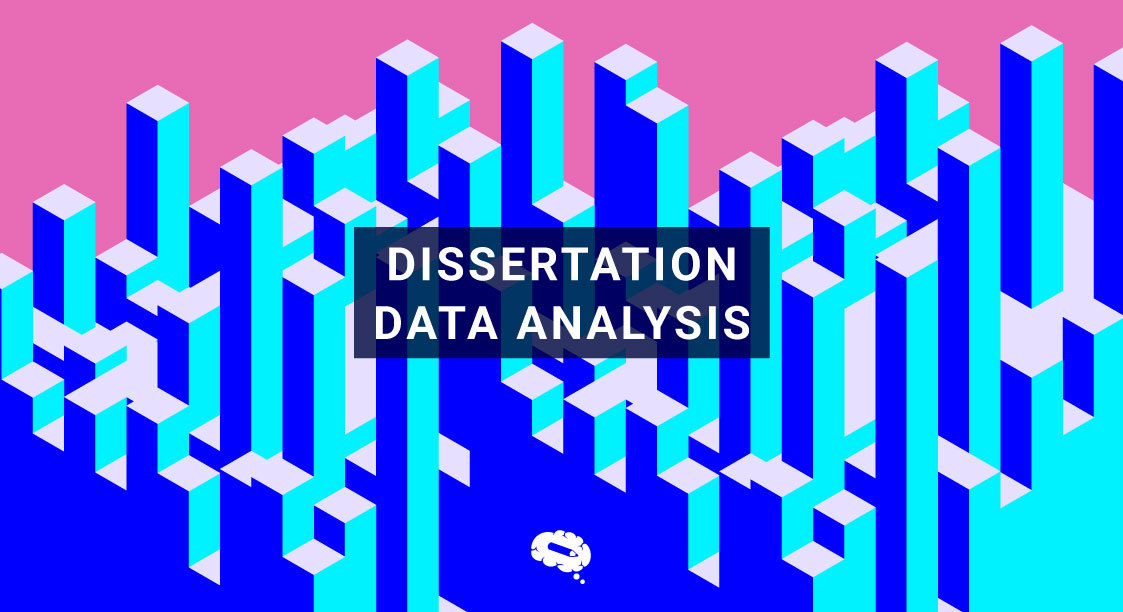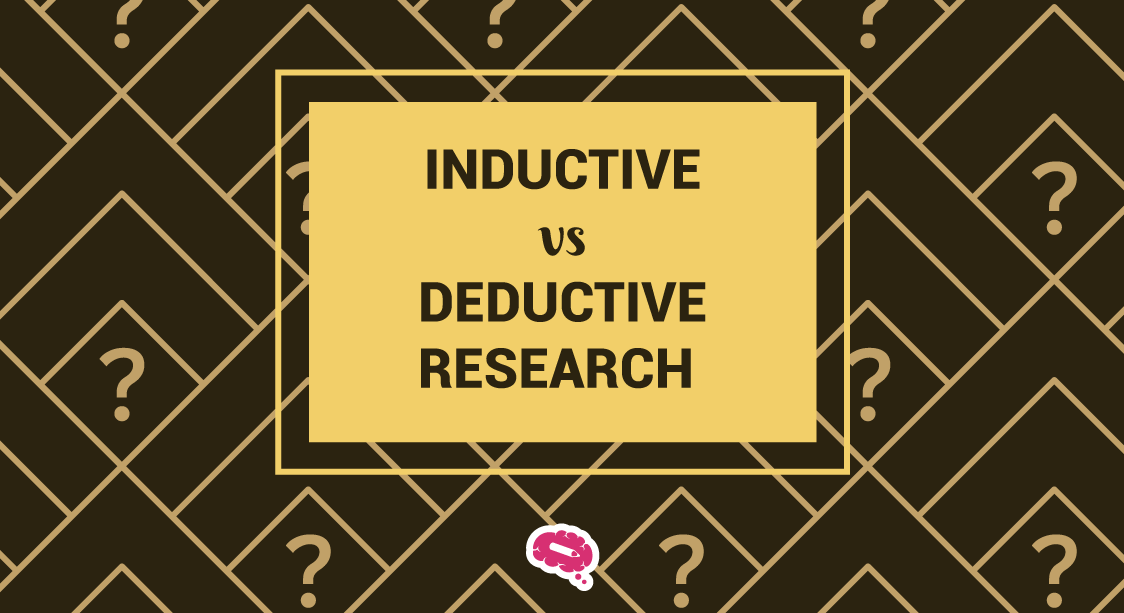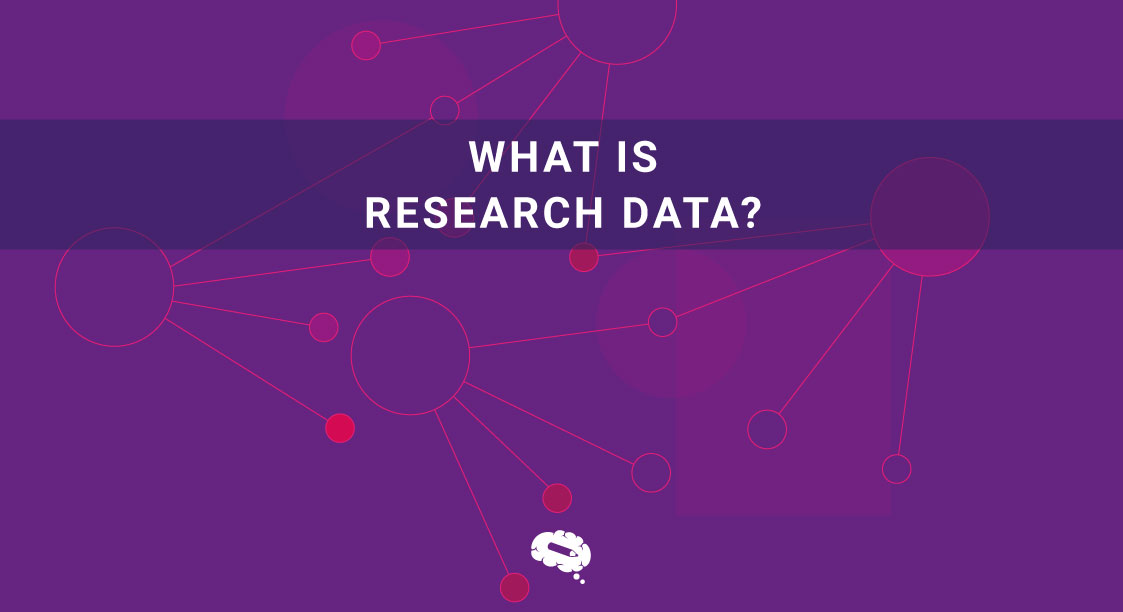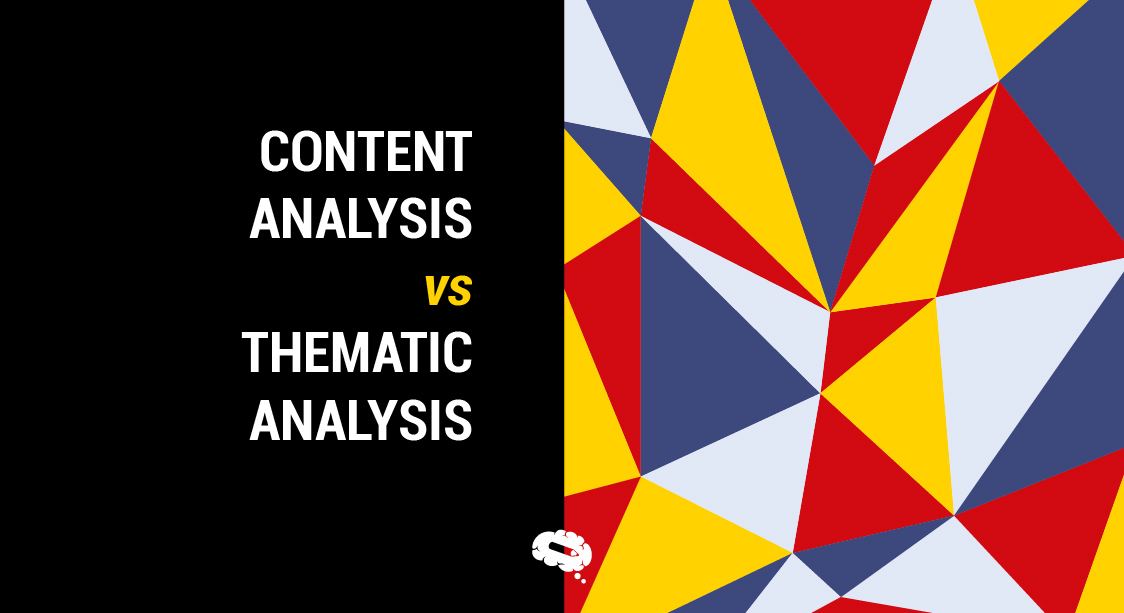Have you ever found yourself knee-deep in a dissertation, desperately seeking answers from the data you’ve collected? Or have you ever felt clueless with all the data that you’ve collected but don’t know where to start? Fear not, in this article we are going to discuss a method that helps you come out of this situation and that is Dissertation Data Analysis.
Dissertation data analysis is like uncovering hidden treasures within your research findings. It’s where you roll up your sleeves and explore the data you’ve collected, searching for patterns, connections, and those “a-ha!” moments. Whether you’re crunching numbers, dissecting narratives, or diving into qualitative interviews, data analysis is the key that unlocks the potential of your research.
Dissertation Data Analysis
Dissertation data analysis plays a crucial role in conducting rigorous research and drawing meaningful conclusions. It involves the systematic examination, interpretation, and organization of data collected during the research process. The aim is to identify patterns, trends, and relationships that can provide valuable insights into the research topic.
The first step in dissertation data analysis is to carefully prepare and clean the collected data. This may involve removing any irrelevant or incomplete information, addressing missing data, and ensuring data integrity. Once the data is ready, various statistical and analytical techniques can be applied to extract meaningful information.
Descriptive statistics are commonly used to summarize and describe the main characteristics of the data, such as measures of central tendency (e.g., mean, median) and measures of dispersion (e.g., standard deviation, range). These statistics help researchers gain an initial understanding of the data and identify any outliers or anomalies.
Furthermore, qualitative data analysis techniques can be employed when dealing with non-numerical data, such as textual data or interviews. This involves systematically organizing, coding, and categorizing qualitative data to identify themes and patterns.
Types of Research
When considering research types in the context of dissertation data analysis, several approaches can be employed:
1. Quantitative Research
This type of research involves the collection and analysis of numerical data. It focuses on generating statistical information and making objective interpretations. Quantitative research often utilizes surveys, experiments, or structured observations to gather data that can be quantified and analyzed using statistical techniques.
2. Qualitative Research
In contrast to quantitative research, qualitative research focuses on exploring and understanding complex phenomena in depth. It involves collecting non-numerical data such as interviews, observations, or textual materials. Qualitative data analysis involves identifying themes, patterns, and interpretations, often using techniques like content analysis or thematic analysis.
3. Mixed-Methods Research
This approach combines both quantitative and qualitative research methods. Researchers employing mixed-methods research collect and analyze both numerical and non-numerical data to gain a comprehensive understanding of the research topic. The integration of quantitative and qualitative data can provide a more nuanced and comprehensive analysis, allowing for triangulation and validation of findings.
Primary vs. Secondary Research
Primary Research
Primary research involves the collection of original data specifically for the purpose of the dissertation. This data is directly obtained from the source, often through surveys, interviews, experiments, or observations. Researchers design and implement their data collection methods to gather information that is relevant to their research questions and objectives. Data analysis in primary research typically involves processing and analyzing the raw data collected.
Secondary Research
Secondary research involves the analysis of existing data that has been previously collected by other researchers or organizations. This data can be obtained from various sources such as academic journals, books, reports, government databases, or online repositories. Secondary data can be either quantitative or qualitative, depending on the nature of the source material. Data analysis in secondary research involves reviewing, organizing, and synthesizing the available data.
If you wanna deepen into Methodology in Research, also read: What is Methodology in Research and How Can We Write it?
Types of Analysis
Various types of analysis techniques can be employed to examine and interpret the collected data. Of all those types, the ones that are most important and used are:
- Descriptive Analysis: Descriptive analysis focuses on summarizing and describing the main characteristics of the data. It involves calculating measures of central tendency (e.g., mean, median) and measures of dispersion (e.g., standard deviation, range). Descriptive analysis provides an overview of the data, allowing researchers to understand its distribution, variability, and general patterns.
- Inferential Analysis: Inferential analysis aims to draw conclusions or make inferences about a larger population based on the collected sample data. This type of analysis involves applying statistical techniques, such as hypothesis testing, confidence intervals, and regression analysis, to analyze the data and assess the significance of the findings. Inferential analysis helps researchers make generalizations and draw meaningful conclusions beyond the specific sample under investigation.
- Qualitative Analysis: Qualitative analysis is used to interpret non-numerical data, such as interviews, focus groups, or textual materials. It involves coding, categorizing, and analyzing the data to identify themes, patterns, and relationships. Techniques like content analysis, thematic analysis, or discourse analysis are commonly employed to derive meaningful insights from qualitative data.
- Correlation Analysis: Correlation analysis is used to examine the relationship between two or more variables. It determines the strength and direction of the association between variables. Common correlation techniques include Pearson’s correlation coefficient, Spearman’s rank correlation, or point-biserial correlation, depending on the nature of the variables being analyzed.
Basic Statistical Analysis
When conducting dissertation data analysis, researchers often utilize basic statistical analysis techniques to gain insights and draw conclusions from their data. These techniques involve the application of statistical measures to summarize and examine the data. Here are some common types of basic statistical analysis used in dissertation research:
- Descriptive Statistics
- Frequency Analysis
- Cross-tabulation
- Chi-Square Test
- T-Test
- Correlation Analysis
Advanced Statistical Analysis
In dissertation data analysis, researchers may employ advanced statistical analysis techniques to gain deeper insights and address complex research questions. These techniques go beyond basic statistical measures and involve more sophisticated methods. Here are some examples of advanced statistical analysis commonly used in dissertation research:
- Regression Analysis
- Analysis of Variance (ANOVA)
- Factor Analysis
- Cluster Analysis
- Structural Equation Modeling (SEM)
- Time Series Analysis
Examples of Methods of Analysis
Regression Analysis
Regression analysis is a powerful tool for examining relationships between variables and making predictions. It allows researchers to assess the impact of one or more independent variables on a dependent variable. Different types of regression analysis, such as linear regression, logistic regression, or multiple regression, can be used based on the nature of the variables and research objectives.
Event Study
An event study is a statistical technique that aims to assess the impact of a specific event or intervention on a particular variable of interest. This method is commonly employed in finance, economics, or management to analyze the effects of events such as policy changes, corporate announcements, or market shocks.
Vector Autoregression
Vector Autoregression is a statistical modeling technique used to analyze the dynamic relationships and interactions among multiple time series variables. It is commonly employed in fields such as economics, finance, and social sciences to understand the interdependencies between variables over time.
Preparing Data for Analysis
1. Become Acquainted With the Data
It is crucial to become acquainted with the data to gain a comprehensive understanding of its characteristics, limitations, and potential insights. This step involves thoroughly exploring and familiarizing oneself with the dataset before conducting any formal analysis by reviewing the dataset to understand its structure and content. Identify the variables included, their definitions, and the overall organization of the data. Gain an understanding of the data collection methods, sampling techniques, and any potential biases or limitations associated with the dataset.
2. Review Research Objectives
This step involves assessing the alignment between the research objectives and the data at hand to ensure that the analysis can effectively address the research questions. Evaluate how well the research objectives and questions align with the variables and data collected. Determine if the available data provides the necessary information to answer the research questions adequately. Identify any gaps or limitations in the data that may hinder the achievement of the research objectives.
3. Creating a Data Structure
This step involves organizing the data into a well-defined structure that aligns with the research objectives and analysis techniques. Organize the data in a tabular format where each row represents an individual case or observation, and each column represents a variable. Ensure that each case has complete and accurate data for all relevant variables. Use consistent units of measurement across variables to facilitate meaningful comparisons.
4. Discover Patterns and Connections
In preparing data for dissertation data analysis, one of the key objectives is to discover patterns and connections within the data. This step involves exploring the dataset to identify relationships, trends, and associations that can provide valuable insights. Visual representations can often reveal patterns that are not immediately apparent in tabular data.
Qualitative Data Analysis
Qualitative data analysis methods are employed to analyze and interpret non-numerical or textual data. These methods are particularly useful in fields such as social sciences, humanities, and qualitative research studies where the focus is on understanding meaning, context, and subjective experiences. Here are some common qualitative data analysis methods:
Thematic Analysis
The thematic analysis involves identifying and analyzing recurring themes, patterns, or concepts within the qualitative data. Researchers immerse themselves in the data, categorize information into meaningful themes, and explore the relationships between them. This method helps in capturing the underlying meanings and interpretations within the data.
Content Analysis
Content analysis involves systematically coding and categorizing qualitative data based on predefined categories or emerging themes. Researchers examine the content of the data, identify relevant codes, and analyze their frequency or distribution. This method allows for a quantitative summary of qualitative data and helps in identifying patterns or trends across different sources.
Grounded Theory
Grounded theory is an inductive approach to qualitative data analysis that aims to generate theories or concepts from the data itself. Researchers iteratively analyze the data, identify concepts, and develop theoretical explanations based on emerging patterns or relationships. This method focuses on building theory from the ground up and is particularly useful when exploring new or understudied phenomena.
Discourse Analysis
Discourse analysis examines how language and communication shape social interactions, power dynamics, and meaning construction. Researchers analyze the structure, content, and context of language in qualitative data to uncover underlying ideologies, social representations, or discursive practices. This method helps in understanding how individuals or groups make sense of the world through language.
Narrative Analysis
Narrative analysis focuses on the study of stories, personal narratives, or accounts shared by individuals. Researchers analyze the structure, content, and themes within the narratives to identify recurring patterns, plot arcs, or narrative devices. This method provides insights into individuals’ live experiences, identity construction, or sense-making processes.
Applying Data Analysis to Your Dissertation
Applying data analysis to your dissertation is a critical step in deriving meaningful insights and drawing valid conclusions from your research. It involves employing appropriate data analysis techniques to explore, interpret, and present your findings. Here are some key considerations when applying data analysis to your dissertation:
Selecting Analysis Techniques
Choose analysis techniques that align with your research questions, objectives, and the nature of your data. Whether quantitative or qualitative, identify the most suitable statistical tests, modeling approaches, or qualitative analysis methods that can effectively address your research goals. Consider factors such as data type, sample size, measurement scales, and the assumptions associated with the chosen techniques.
Data Preparation
Ensure that your data is properly prepared for analysis. Cleanse and validate your dataset, addressing any missing values, outliers, or data inconsistencies. Code variables, transform data if necessary, and format it appropriately to facilitate accurate and efficient analysis. Pay attention to ethical considerations, data privacy, and confidentiality throughout the data preparation process.
Execution of Analysis
Execute the selected analysis techniques systematically and accurately. Utilize statistical software, programming languages, or qualitative analysis tools to carry out the required computations, calculations, or interpretations. Adhere to established guidelines, protocols, or best practices specific to your chosen analysis techniques to ensure reliability and validity.
Interpretation of Results
Thoroughly interpret the results derived from your analysis. Examine statistical outputs, visual representations, or qualitative findings to understand the implications and significance of the results. Relate the outcomes back to your research questions, objectives, and existing literature. Identify key patterns, relationships, or trends that support or challenge your hypotheses.
Drawing Conclusions
Based on your analysis and interpretation, draw well-supported conclusions that directly address your research objectives. Present the key findings in a clear, concise, and logical manner, emphasizing their relevance and contributions to the research field. Discuss any limitations, potential biases, or alternative explanations that may impact the validity of your conclusions.
Validation and Reliability
Evaluate the validity and reliability of your data analysis by considering the rigor of your methods, the consistency of results, and the triangulation of multiple data sources or perspectives if applicable. Engage in critical self-reflection and seek feedback from peers, mentors, or experts to ensure the robustness of your data analysis and conclusions.
In conclusion, dissertation data analysis is an essential component of the research process, allowing researchers to extract meaningful insights and draw valid conclusions from their data. By employing a range of analysis techniques, researchers can explore relationships, identify patterns, and uncover valuable information to address their research objectives.
Turn Your Data Into Easy-To-Understand And Dynamic Stories
Decoding data is daunting and you might end up in confusion. Here’s where infographics come into the picture. With visuals, you can turn your data into easy-to-understand and dynamic stories that your audience can relate to. Mind the Graph is one such platform that helps scientists to explore a library of visuals and use them to amplify their research work. Sign up now to make your presentation simpler.
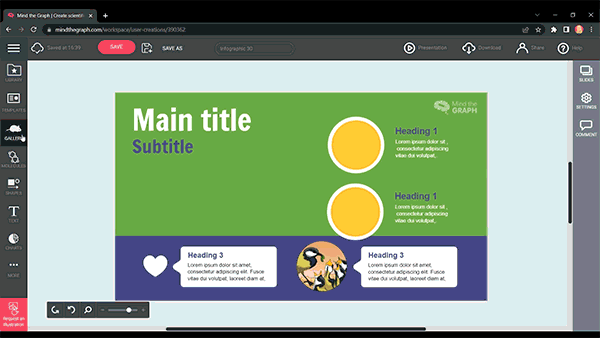

Subscribe to our newsletter
Exclusive high quality content about effective visual
communication in science.

